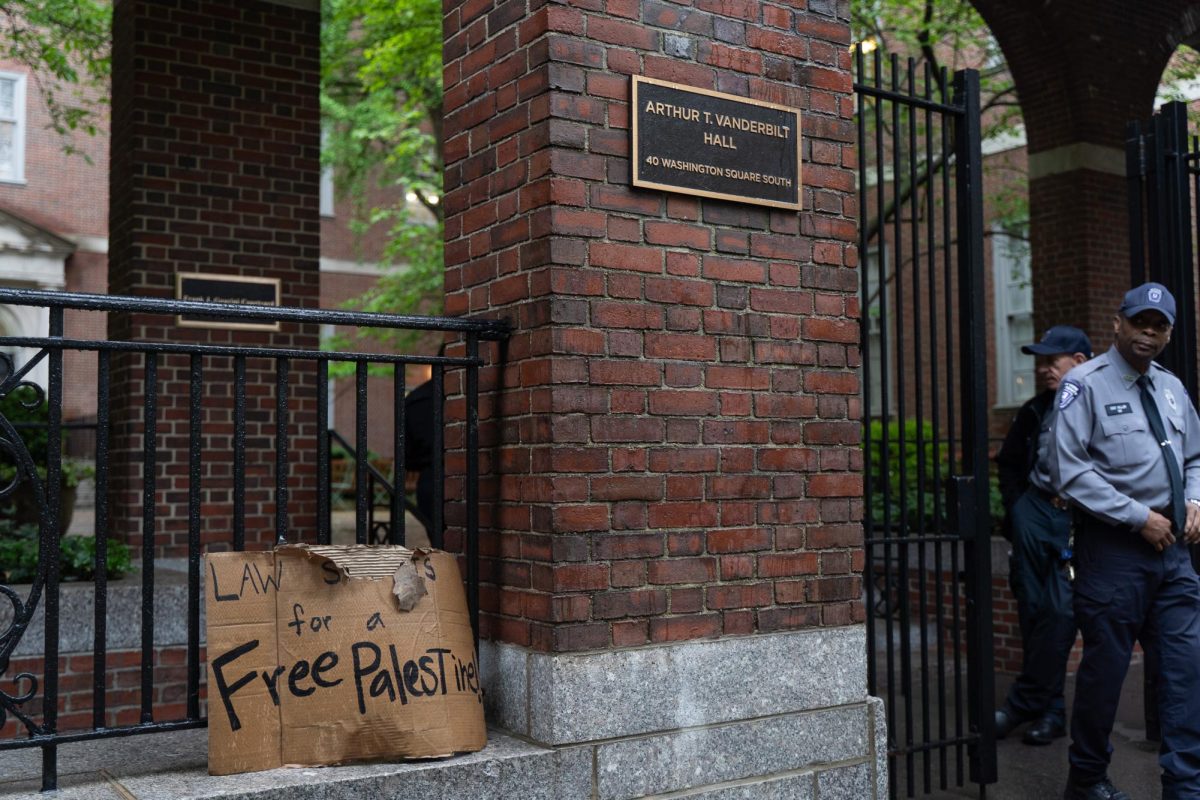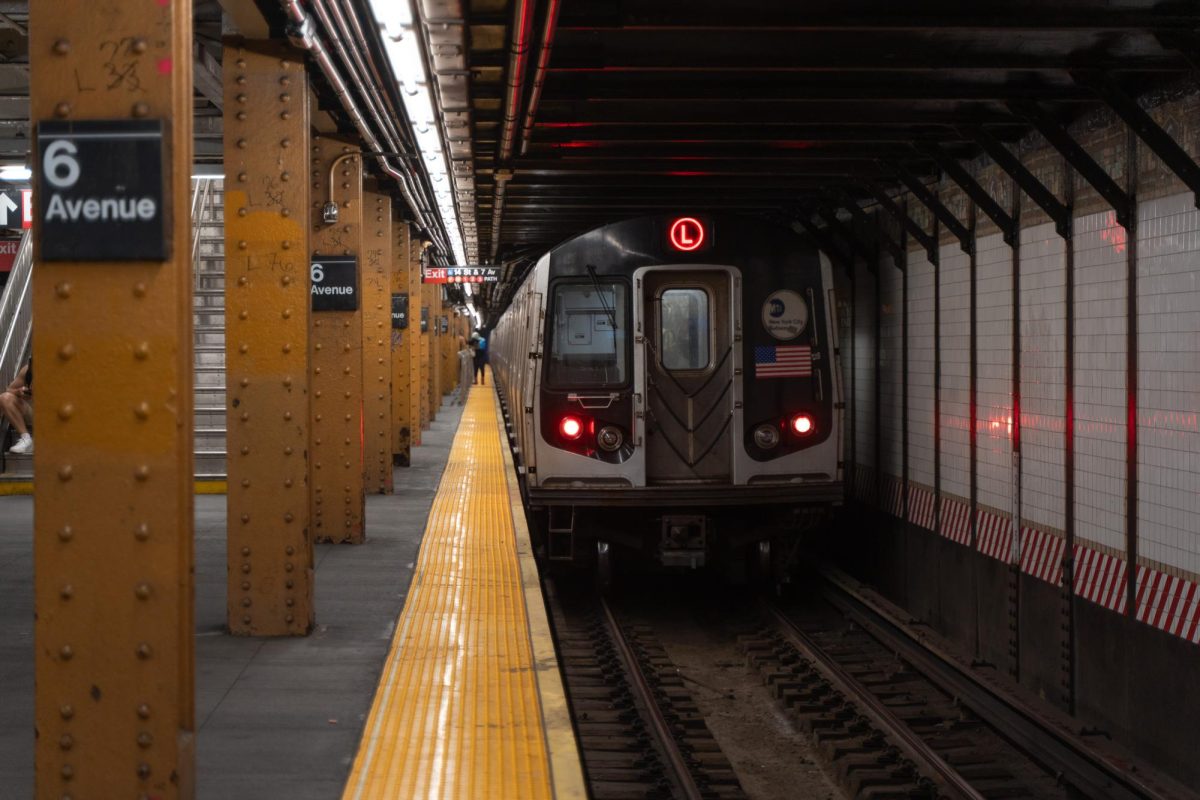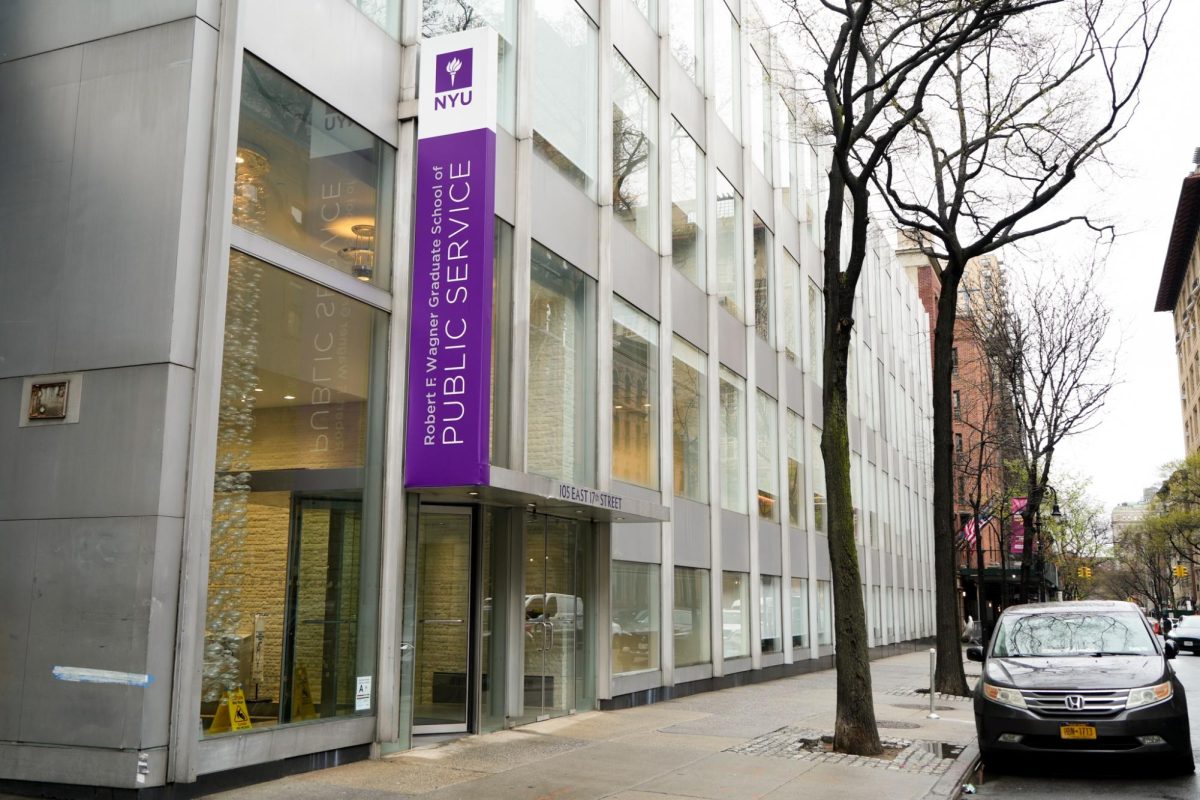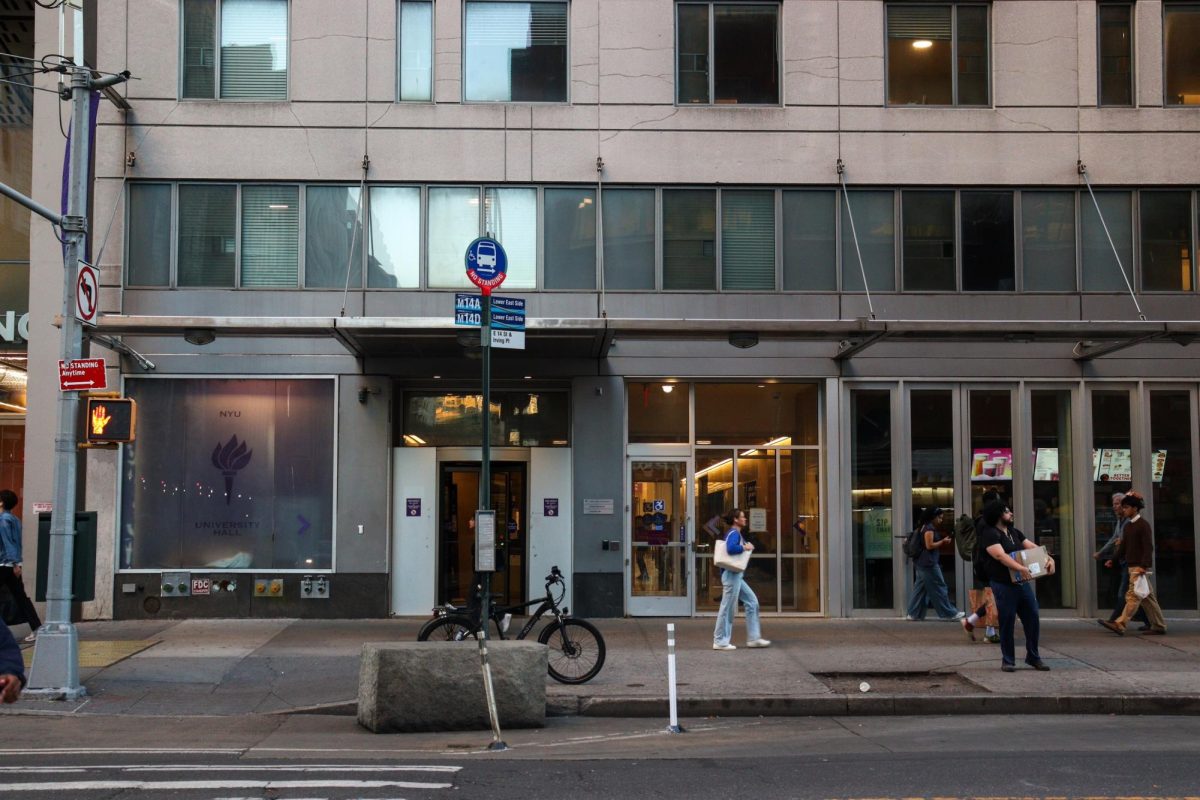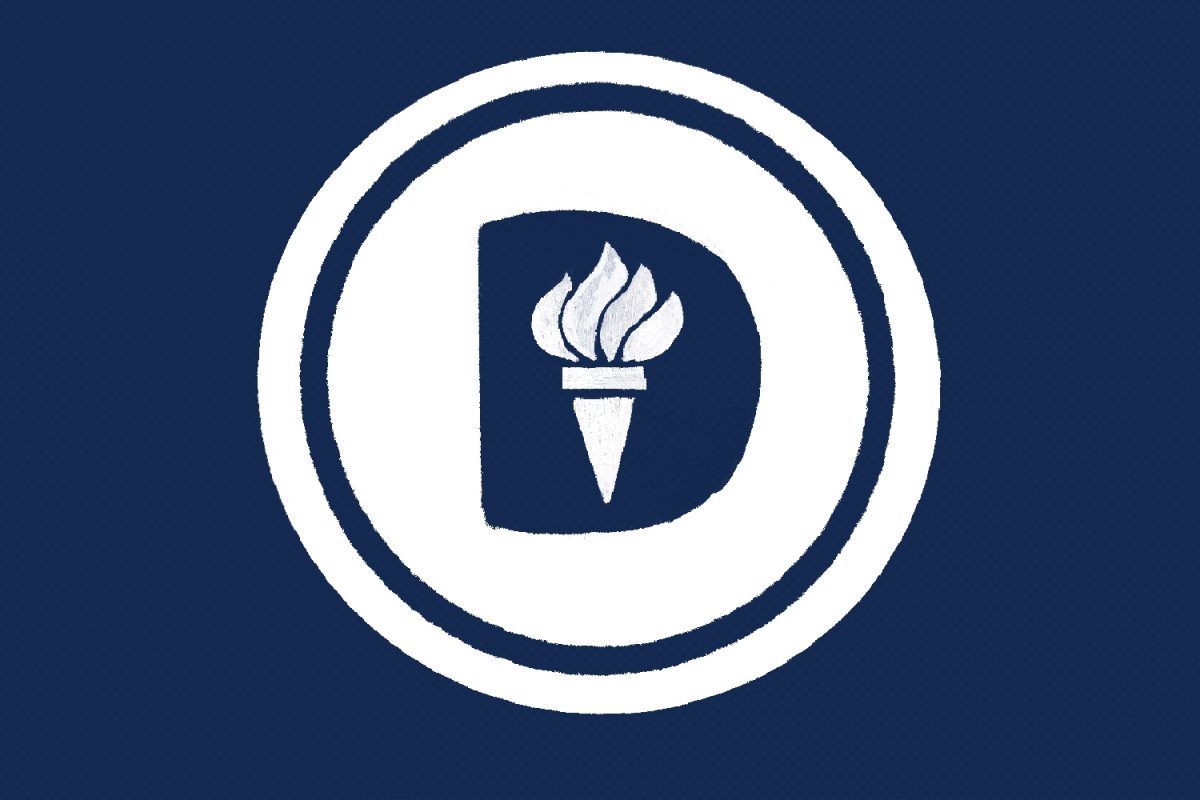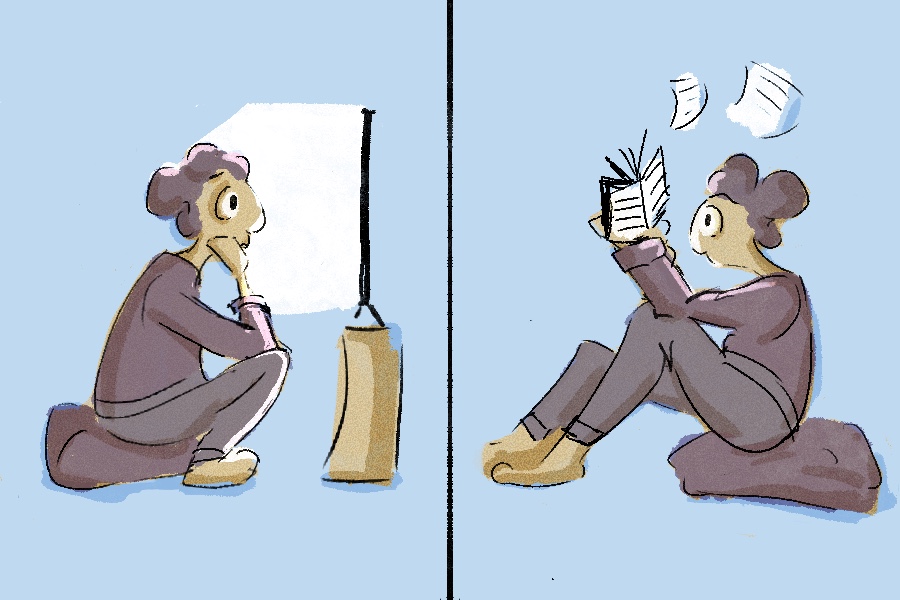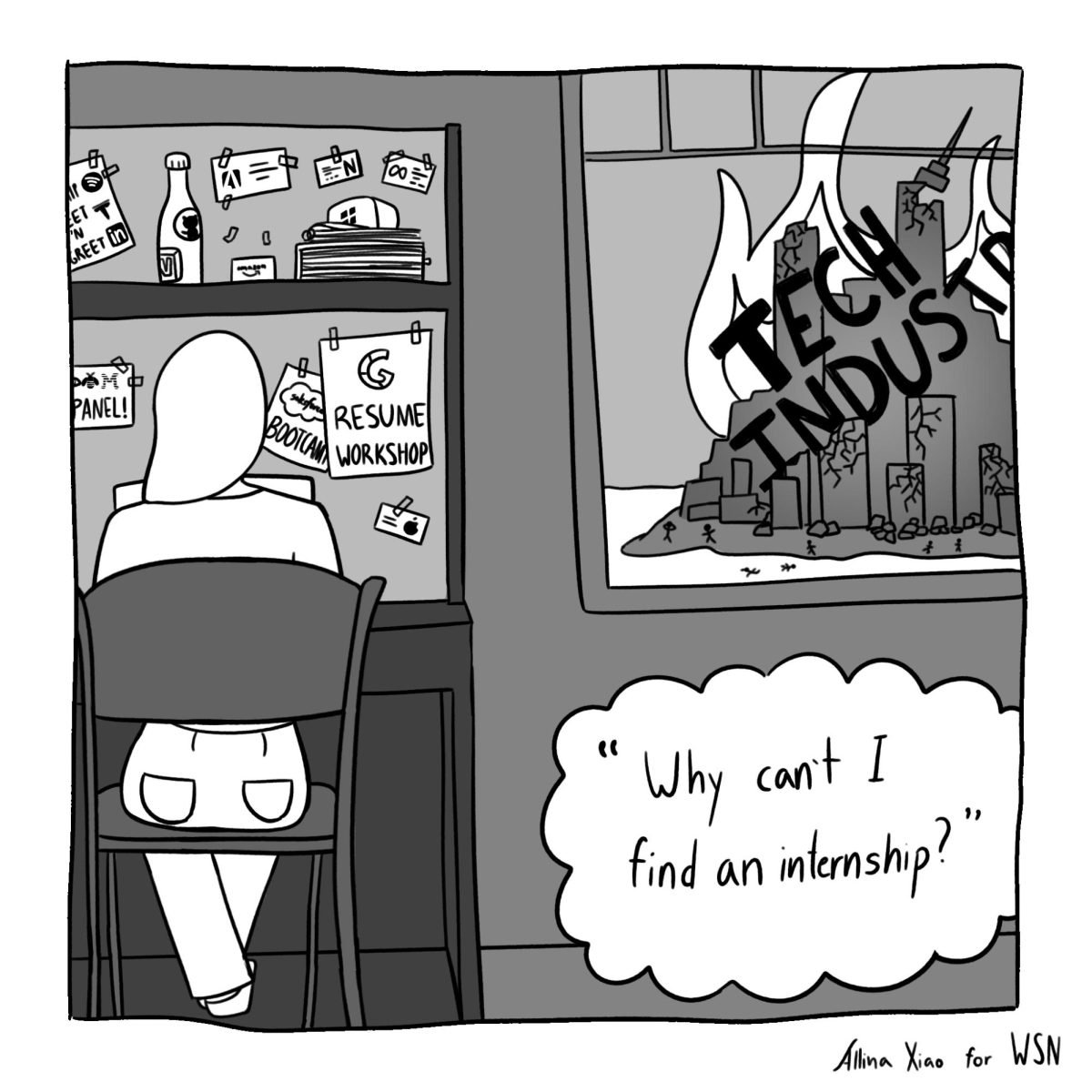Live Blog
On Nov. 20, Business Insider released a list of “The Most Dangerous Colleges in America.” The rankings, based on FBI crime data from 2008-2011, only included schools with more than 10,000 students.
According to an Business Insider article, the overall rankings were based on instances of both violent crime and property crime, but with “violent crime weighted four times higher.” The FBI data accounts for crimes “committed on or near campus.”
Using this data, the University of California, Los Angeles was ranked number one and the University of California, Berkeley was ranked second. But Berkeley freshman Sara Weissman said she has never felt personally unsafe.
“I’ll admit the rankings slightly surprise me, especially the first ranking using FBI data,” Weissman said. “It’s definitely a little unsettling that we’re so high on the list, though not inconsistent with Cal’s reputation.”
“I think Cal’s rank so high because we have a lot of thefts and small crimes,” she added. “Also, it just happens to be a very urban campus.”
The rankings created controversy and garnered complaints from both UCLA and University of California, Riverside, which was ranked 24th. As a result, Business Insider released a second list based on data from the Clery Act, which only accounts for on-campus crime.
The Clery data looked at crimes from 2007-2009. UCLA and UCR were both on the second list, ranking 20th and 21st respectively. The Massachusetts Institute of Technology, however, only moved one ranking between the lists, from 15th according to the first set to 16th under the second set.
“I did check the rest of the schools on the list, and I noticed something very interesting,” MIT Freshman Katy Kem said. “MIT had the lowest violent crime count of any other school in the top 25, but the numerous property crimes propelled MIT towards 15th.”
“This actually does make sense because there is an obscene amount of bike theft on and off campus,” Kem added. “I’m not really sure how MIT could address this issue, as we are in an urban center and many people have to pass through campus to get to and from work. We can’t just keep people off campus.”
Duke University, however, moved from third to 14th on the rankings.
“The discrepancy between the two rankings makes sense. Duke is located in Durham, which has long struggled with poverty,” Duke senior Jocelyn Streid said. “By any number of demographic measurements, the populations of Duke and Durham are different. Of course, both sets of data offer important information. Students do, of course, go off campus. Despite the numbers, though, I have never felt unsafe on or off campus.”
Business Insider wrote that they are standing by the first rankings. They pointed to the noticeable similarities between the two lists as evidence that the first list said something meaningful and accurate.
NYU did not appear on either list. Philip Lentz, NYU director of Public Affairs, said part of the reason NYU is so safe is because of strict building entry and Operation ID programs between NYU Public Safety and New York Police Ddepartment for registering electronics.
“NYU is a very safe academic environment because it is located in one of the safest neighborhood in one of the safest cities in America,” Lentz said. “That is a tribute to the effectiveness of the New York Police Department and the NYU Department of Public Safety. It has the largest private university public safety department in the United States and that department has an outstanding partnership with the NYPD.”
A version of this article appeared in the Tuesday, Dec.11 print edition. Emily Bell is a staff writer. Email him at [email protected].





